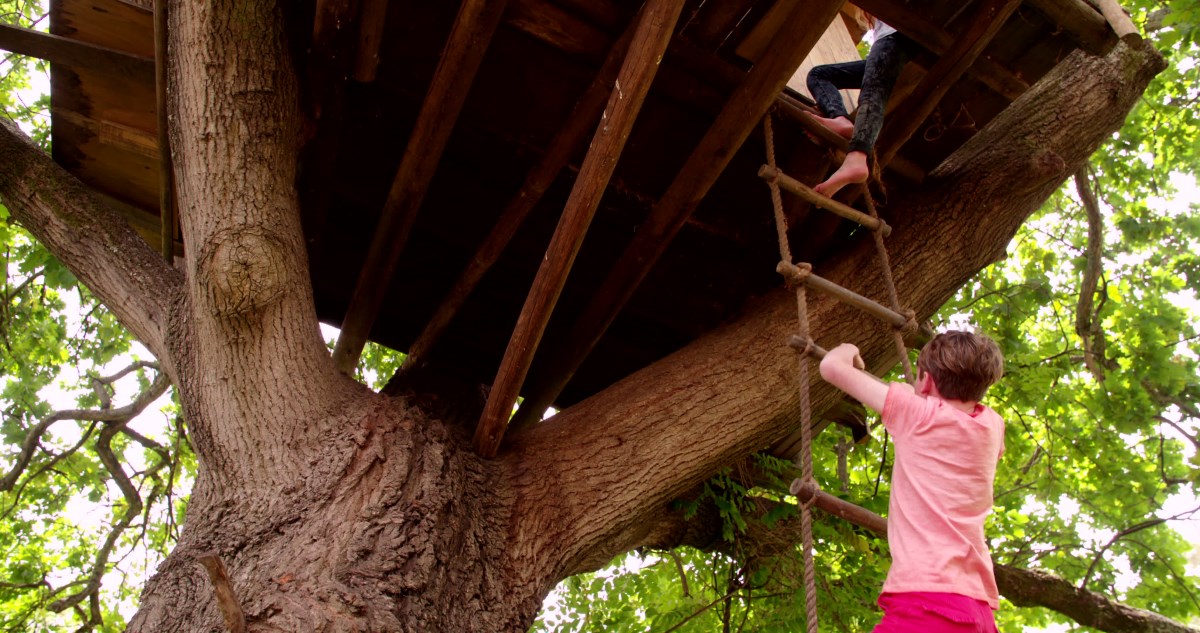

Articles
How To Build A Rope Ladder For A Treehouse
Modified: May 6, 2024
Looking for articles on how to build a rope ladder for a treehouse? Discover step-by-step guides and expert tips for creating a sturdy and safe ladder.
(Many of the links in this article redirect to a specific reviewed product. Your purchase of these products through affiliate links helps to generate commission for Storables.com, at no extra cost. Learn more)
Introduction
Building a treehouse is a childhood dream for many, and having a rope ladder is an essential part of the adventure. Not only does a rope ladder provide a fun way to access your elevated hideaway, but it also adds an element of excitement and challenge to your treehouse experience. In this article, we will guide you through the process of building a rope ladder for your treehouse, from choosing the right rope to securing it safely.
Before you begin constructing your rope ladder, it’s essential to consider a few factors. Firstly, you’ll need to ensure that you have a sturdy and healthy tree that can support the weight of the ladder and the people climbing it. Additionally, you’ll want to select a rope that is strong, durable, and weather-resistant. Lastly, it’s crucial to prioritize safety by measuring and marking the proper placement of the ladder and securing it firmly.
Now, let’s delve into the details of each step, so you can build a rope ladder that will provide endless fun and adventure in your treehouse.
Key Takeaways:
- Choosing the right rope, measuring and marking the placement, and securing the ladder to the treehouse are crucial steps in building a safe and durable rope ladder for your treehouse adventure.
- Prioritize safety, test the ladder’s stability, and conduct routine maintenance to ensure a reliable means of access to your treehouse, enhancing the overall enjoyment and excitement of the experience.
Read more: What Is The Rope Ladder For?
Choosing the Right Rope
When it comes to building a rope ladder for your treehouse, selecting the right rope is crucial. You want a rope that is strong, durable, and able to withstand the elements. There are several factors to consider when choosing the right rope for your ladder.
The first consideration is the material of the rope. Nylon ropes are a popular choice due to their strength, flexibility, and resistance to abrasion. They are also resistant to mildew and rot, making them suitable for outdoor use. Another option is polyester rope, which is also durable and resistant to UV rays. However, polyester ropes may not have the same level of stretch as nylon ropes.
The thickness of the rope is another important factor to consider. A thicker rope will generally be stronger and more supportive, but it may also be heavier and more challenging to handle. On the other hand, a thinner rope may not be as strong, but it will be lighter and easier to work with. Consider the weight and age of the individuals who will be using the ladder to determine the appropriate thickness.
Additionally, take into account the weight capacity of the rope. Ensure that the rope you choose can support the weight of the intended users, plus an additional safety margin. It is recommended to select a rope with a weight capacity that exceeds the combined weight of the heaviest users by at least 50%.
Lastly, consider the visibility of the rope. Opt for a rope that is easily visible, especially if the ladder will be used in low-light conditions. Brightly colored ropes or ropes with reflective strips can help improve visibility and safety.
Once you have considered these factors, you can confidently choose the right rope for your treehouse rope ladder. Remember to choose a rope that is strong, durable, and able to withstand the weight and outdoor conditions. By investing in high-quality rope, you can ensure the safety and longevity of your treehouse ladder.
Selecting the Size and Length of the Ladder
When it comes to selecting the size and length of your rope ladder for a treehouse, there are a few factors to consider. The overall size of the ladder will depend on the height of your treehouse and the desired angle of ascent. Here are some guidelines to help you determine the appropriate size and length for your ladder.
The angle of ascent is an essential consideration when selecting the size of your ladder. The ideal angle for a rope ladder is approximately 60 degrees. This provides a comfortable and safe climbing experience. To calculate the length of each ladder section, you can use a simple formula: multiply the desired height of the treehouse by the tangent of the angle of ascent.
For example, if your treehouse is 10 feet high and you want a 60-degree angle of ascent, you would multiply 10 by the tangent of 60 degrees (tan(60)). The result is approximately 17.32 feet. If you are planning to have multiple ladder sections, you can divide the total needed length by the number of desired ladder sections to get the length of each section.
It’s important to note that the length of each ladder section should not exceed 20 feet. Longer ladder sections can become too floppy and difficult to climb. If your desired ladder length exceeds 20 feet, it is recommended to add additional support or consider using multiple ladders connected by sturdy platforms.
In terms of width, a ladder rung should have a comfortable grip for the user. A standard width of around 1.5 to 2 inches is typically sufficient. You can adjust the number of ladder rungs based on the desired spacing between each rung. A spacing of around 10 to 12 inches is generally comfortable for climbing.
Keep in mind that these measurements are general guidelines, and you can customize the ladder to fit your specific treehouse design and personal preferences. It’s always a good idea to sketch out your ladder design and visualize how it will fit into your treehouse before starting the construction process.
By selecting the appropriate size and length for your rope ladder, you can ensure that it fits seamlessly into your treehouse and provides a safe and enjoyable climbing experience for everyone.
Gathering the Necessary Tools and Materials
Before you begin constructing your rope ladder for a treehouse, it’s important to gather all the necessary tools and materials. Having everything prepared and within reach will make the construction process smoother and more efficient. Here is a list of the essential tools and materials you’ll need:
- Rope: Select the appropriate rope based on the factors mentioned in the previous section. Make sure to have enough length to accommodate your ladder design.
- Wooden dowels or metal rungs: These will serve as the ladder rungs. Choose dowels or rungs that are strong and able to support the weight of the users.
- Measuring tape and marker: These will be used to measure and mark the placement of the ladder on the treehouse.
- Saw: Depending on the material you choose for the ladder rungs, you may need a saw to cut them to the desired length.
- Drill or screwdriver: You’ll need a drill or screwdriver to attach the ladder rungs to the rope securely. Make sure to have the appropriate drill bits or screws for the chosen ladder rungs.
- Safety equipment: It’s important to prioritize safety during the construction process. Wear safety goggles, gloves, and appropriate footwear to protect yourself.
In addition to these tools, you may also need a ladder or scaffolding to reach the desired height of the treehouse. Make sure you have a stable and secure platform to work from.
As for the materials, you may need additional items depending on your ladder design. These can include hardware such as screws, washers, and bolts, as well as adhesive products like wood glue or epoxy. If you plan to secure the ladder directly to the tree, consider using tree-safe straps or anchors to avoid damaging the tree bark.
Ensure that all the tools and materials are in good condition and ready to use before starting the construction process. It’s also a good idea to have a designated work area with enough space to lay out and assemble the ladder components.
By gathering all the necessary tools and materials beforehand, you’ll be well-prepared to begin the construction of your rope ladder. This will help you avoid unnecessary delays and ensure a smooth and successful building process.
Measuring and Marking the Placement of the Ladder
Properly measuring and marking the placement of your rope ladder is crucial to ensure its stability and safety. Before you begin attaching the ladder to your treehouse, follow these steps to accurately measure and mark the placement:
- First, determine the desired location for your ladder on the treehouse. Take into consideration factors such as the height of the treehouse, the accessibility of the ladder, and any other structures or obstacles nearby.
- Using a measuring tape, measure the distance from the starting point of the ladder (usually the ground or a platform) to the desired attachment point on the treehouse. This will give you the length of the ladder section that will hang freely.
- Next, consider the angle of ascent that you determined in the earlier stages. Measure the distance horizontally from the attachment point on the treehouse to where the ladder will touch the ground or another stable surface.
- Calculate the vertical height by multiplying the horizontal distance by the tangent of the angle of ascent. This will give you the additional length needed for the ladder to reach the ground or platform.
- Using a marker or chalk, mark the attachment point on the treehouse as well as the point where the ladder will touch the ground or platform.
- To ensure the ladder is properly aligned, use a level or plumb line to create a vertical reference line from the attachment point on the treehouse down to the ground or platform.
- Measure the distance between the ladder rungs and mark evenly spaced points along the length of the ladder section. This will ensure consistent spacing and comfortable climbing.
- Once all the measurements and markings are in place, double-check the accuracy and make any adjustments if necessary.
Remember to take into account the weight and size of the ladder users when marking the ladder rung spacing. It’s important to provide a comfortable and safe climbing experience for everyone.
By carefully measuring and marking the placement of your ladder, you’ll ensure that it fits properly and securely on the treehouse. This will help prevent any potential instability or hazards during use.
When building a rope ladder for a treehouse, make sure to use strong and durable materials such as nylon or polypropylene rope, and secure the ladder tightly to the tree to ensure safety and stability.
Read more: How To Make Rope Ladder
Creating the Rungs for the Ladder
The rungs of your rope ladder play a vital role in providing stability and ease of climbing. Creating sturdy and secure ladder rungs is crucial for ensuring the safety of anyone using the ladder. Here, we will guide you through the process of creating the rungs for your rope ladder:
- First, gather your chosen material for the ladder rungs. Options can include wooden dowels or metal rungs.
- If you are using wooden dowels, measure and mark the desired length for each rung. Use a saw to cut the dowels to the appropriate length.
- Smooth out any rough edges or splinters on the dowels using sandpaper or a file. This will prevent any potential injuries or discomfort during climbing.
- If you are using metal rungs, make sure they are appropriately sized and shaped for secure attachment to the rope. If needed, you can modify or cut the metal rungs to the desired length.
- Once you have prepared your ladder rungs, it’s a good idea to test their strength and stability. Apply pressure and ensure that they can support the weight they will be subjected to during use.
- If necessary, you can further enhance the grip and safety of the ladder rungs by adding non-slip materials such as grip tape or rubber to the surface. This will provide additional traction and minimize the risk of slipping.
When placing the ladder rungs on the rope, there are a few options you can consider. You can tie knots above and below each rung to secure it in place. Alternatively, you can drill holes through the center of each rung to thread the rope through, creating a more secure attachment. Make sure to leave enough space between each rung for comfortable climbing.
Remember to test the ladder rungs’ stability once they are attached to the rope to ensure they are secure and able to withstand weight and pressure properly.
By taking the time to create sturdy and secure ladder rungs, you’ll provide a safe and dependable climbing experience for anyone using your rope ladder.
Attaching the Rungs to the Rope
Attaching the ladder rungs to the rope is a critical step in the construction process, as it ensures the stability and safety of your rope ladder. Properly securing the rungs will provide a reliable climbing experience. Follow these steps to attach the rungs to the rope:
- Start by measuring and marking the desired spacing between each ladder rung. This will ensure that the ladder is comfortable to climb and provides adequate support.
- Using a marker or chalk, make marks on the rope at the designated spacing for each rung.
- For wooden dowels, tie a knot underneath each marked spot on the rope. The knot should be big enough to prevent the rung from slipping down the rope.
- Slide the dowel onto the rope until it reaches the knot beneath it. Ensure that the dowel is securely in place.
- If you are using metal rungs, carefully thread the rope through the holes in the center of each rung. Slide the rung along the rope until it reaches the marked spot.
- Once the rung is in position, tie a knot above the rung to secure it in place. The knot should prevent the rung from sliding up the rope.
- Repeat the process for each ladder rung, ensuring that they are evenly spaced and securely attached to the rope.
- After all the rungs are attached, give the ladder a gentle shake to test the stability of the rung-to-rope attachment. Make sure that the rungs do not slide or move excessively.
It’s important to double-check the tightness of each knot and the security of each rung. Tug on the rungs gently to confirm that they are firmly fixed in place.
As an additional precaution, you can also tie knots above and below each rung to provide an extra layer of security. This will further prevent any unwanted movement of the ladder rungs during use.
By properly attaching the ladder rungs to the rope, you’ll ensure the stability and strength of your rope ladder, providing a reliable and safe means of climbing to your treehouse.
Securing the Ladder to the Treehouse
Securing the ladder to the treehouse is a crucial step in ensuring the safety and stability of your rope ladder. By properly anchoring the ladder, you can prevent it from shifting or slipping during use. Follow these steps to securely attach the ladder to your treehouse:
- First, identify the attachment points on the treehouse where the ladder will be connected. These points should be structurally sound and able to withstand the weight and stress exerted on the ladder.
- For wooden treehouses, you can use screws, bolts, or eye hooks to secure the ladder to the structure. Pre-drill holes if necessary to prevent splitting or damage to the treehouse.
- If the ladder will be attached to a metal or plastic structure, use appropriate hardware such as bolts, washers, and nuts to ensure a secure attachment.
- Position the ladder against the treehouse, aligning the attachment points with the ones on the ladder and mark the corresponding spots on the treehouse.
- Drill pilot holes into the treehouse at the marked spots to make it easier to insert the screws, bolts, or other attachment devices.
- Attach the ladder to the treehouse using the appropriate hardware. Make sure each attachment point is tight and secure, without any wobbling or movement.
- After securing the ladder to the treehouse, give it a gentle shake or apply pressure to test its stability. Ensure that it can support the weight of potential users without any signs of weakness or movement.
- Periodically check the ladder’s attachment points and hardware to ensure that they remain secure. This is especially important as the ladder may experience wear and tear over time.
It’s important to note that if you are attaching the ladder to a living tree, it’s essential to take precautions to prevent damage. Consider using tree-safe straps or anchors around the attachment points to protect the tree bark.
By securely fastening the ladder to the treehouse, you’ll create a stable and safe means of accessing your treehouse. Regularly inspect the ladder’s attachment points to ensure its ongoing stability and safe usage.
Testing the Stability and Safety of the Rope Ladder
After completing the construction and installation of your rope ladder for the treehouse, it is crucial to test its stability and safety. Proper testing will help ensure that the ladder is secure and able to support the weight of users. Follow these steps to test the stability and safety of your rope ladder:
- First, thoroughly inspect the entire ladder, including the rope, ladder rungs, and attachment points. Look for any signs of damage, wear, or loosening of knots or hardware. Address any issues or concerns before proceeding with testing.
- Before attempting to climb the ladder, check the overall stability of the ladder by giving it a firm shake. The ladder should remain secure without excessive movement or wobbling. If you notice any instability, revisit the installation process to identify and rectify the issue.
- Gradually apply your body weight to the ladder by stepping onto one of the rungs. As you do this, pay attention to how the ladder responds. It should remain stable and not sway excessively.
- Climb the ladder slowly and deliberately, placing your weight evenly on each rung. Be attentive to any irregularities or movements in the ladder. If you encounter any discomfort or instability, descend immediately and examine the ladder for potential issues.
- As you climb, test the strength and durability of each ladder rung by applying pressure and distributing your weight evenly. The rungs should support your weight without bending or flexing excessively.
- When you reach the top of the ladder or the treehouse platform, test the stability of the ladder by applying sideways pressure and gently shifting your weight. The ladder should remain securely anchored.
- If you have multiple ladder sections or platforms, ensure the connections between them are secure and stable before proceeding.
- Once you have tested the ladder and are satisfied with its stability and safety, you can confidently use it for accessing your treehouse.
It is essential to periodically conduct routine checks of the ladder’s stability and safety. Regularly inspect the ladder for any signs of wear, damage, or loosening of knots or hardware. Address any issues promptly to maintain a safe climbing experience.
By thoroughly testing the stability and safety of your rope ladder, you can ensure a secure and reliable means of access to your treehouse, providing peace of mind and enjoyment for years to come.
Read more: How To Climb Rope Ladder
Conclusion
Building a rope ladder for your treehouse can be an exciting and rewarding project. Not only does a rope ladder provide a fun and adventurous way to access your elevated hideaway, but it also adds an element of challenge and creativity to your treehouse experience.
In this article, we have provided a comprehensive guide to help you construct your rope ladder from start to finish. From choosing the right rope and selecting the size and length of the ladder to gathering the necessary tools and materials, measuring and marking the placement, creating the rungs, and securing the ladder to the treehouse, we have covered each step in detail.
It is important to prioritize safety throughout the process. Choosing a strong and durable rope, properly securing the ladder rungs, and ensuring the stability of the ladder are all essential factors in creating a safe climbing experience.
Remember, regular maintenance and inspection are key. Conduct routine checks to ensure the ladder’s stability and safety, and address any issues promptly to maintain its reliability over time.
By following the steps outlined in this article and putting careful consideration into each aspect of the ladder’s construction, you will create a rope ladder that not only provides functional access to your treehouse but also enhances the overall enjoyment and excitement of your treehouse experience.
So, get ready to embark on this creative adventure and build a remarkable rope ladder for your treehouse!
Now that you've mastered building a rope ladder for your treehouse, why not tackle more outdoor projects? Our guide on do-it-yourself outdoor ideas offers a variety of exciting challenges. From simple garden enhancements to more ambitious backyard builds, you'll find plenty of inspiration to keep your hands busy and your outdoor spaces vibrant. Dive into this treasure of creative opportunities and transform your surroundings into a captivating haven.
Frequently Asked Questions about How To Build A Rope Ladder For A Treehouse
Was this page helpful?
At Storables.com, we guarantee accurate and reliable information. Our content, validated by Expert Board Contributors, is crafted following stringent Editorial Policies. We're committed to providing you with well-researched, expert-backed insights for all your informational needs.
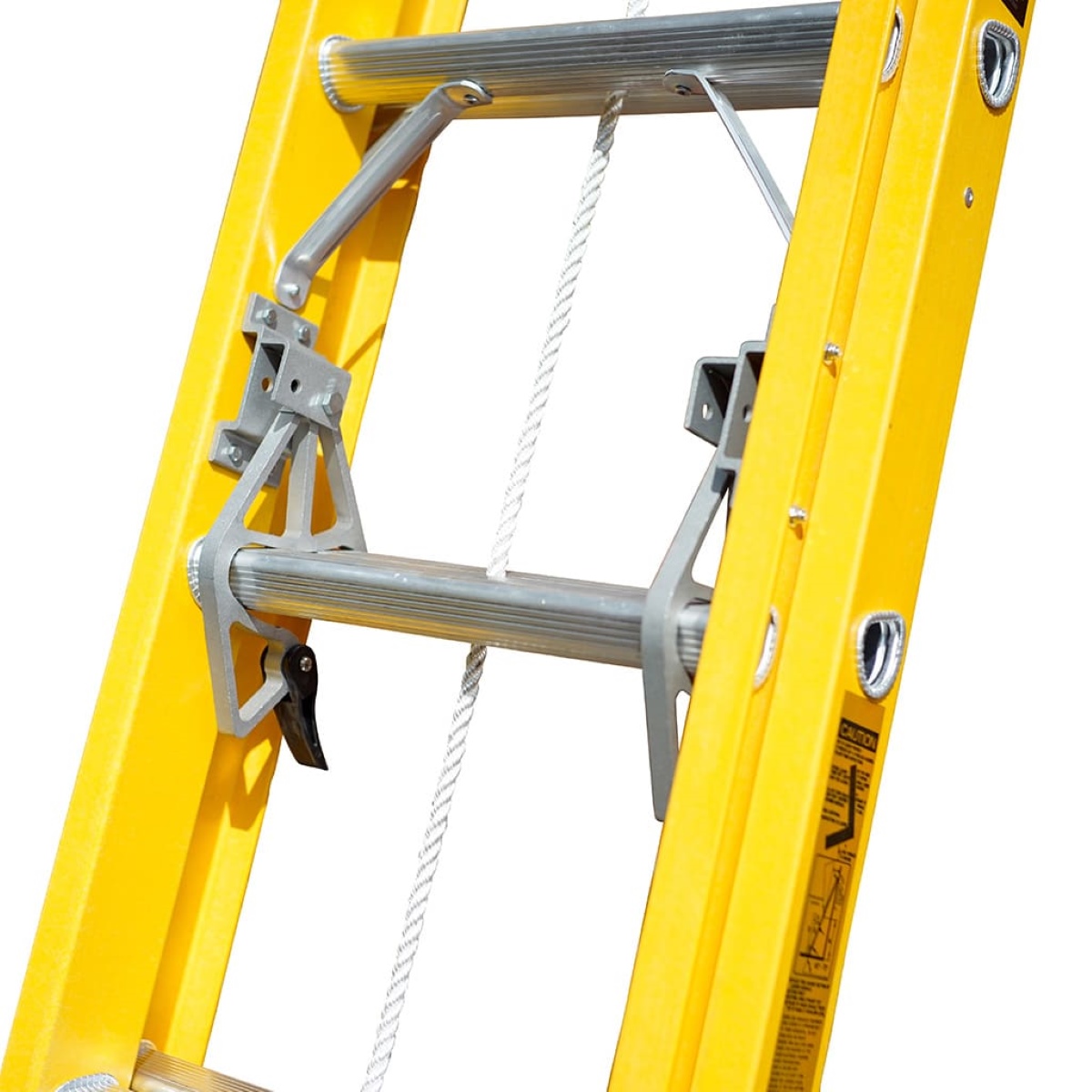
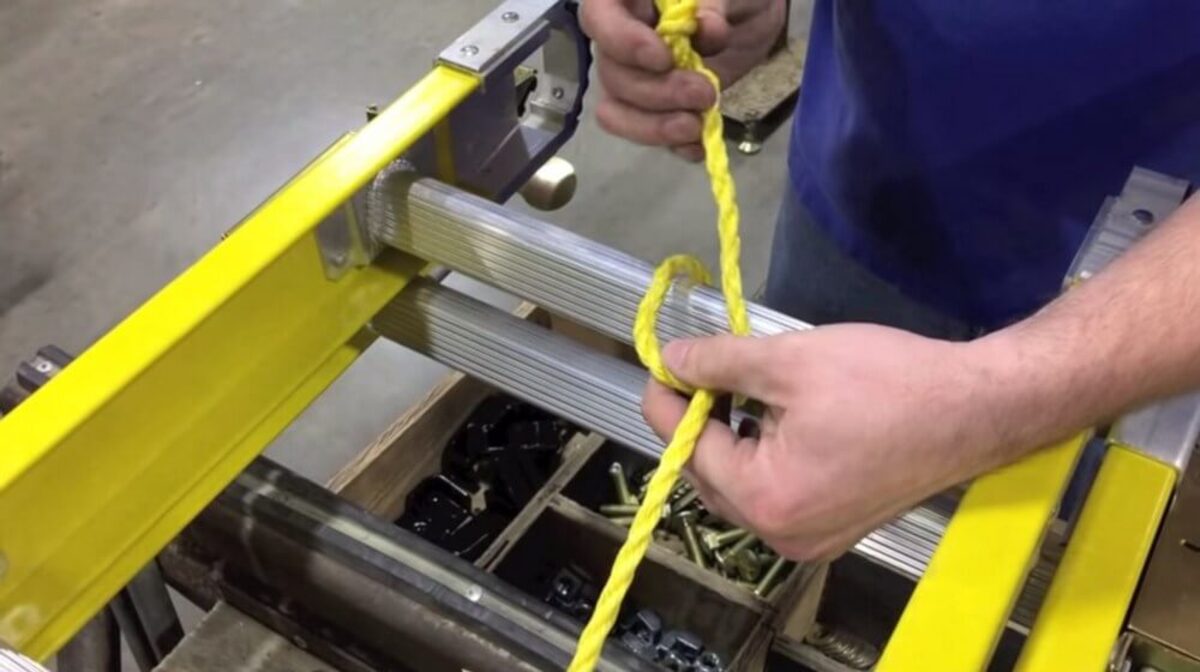
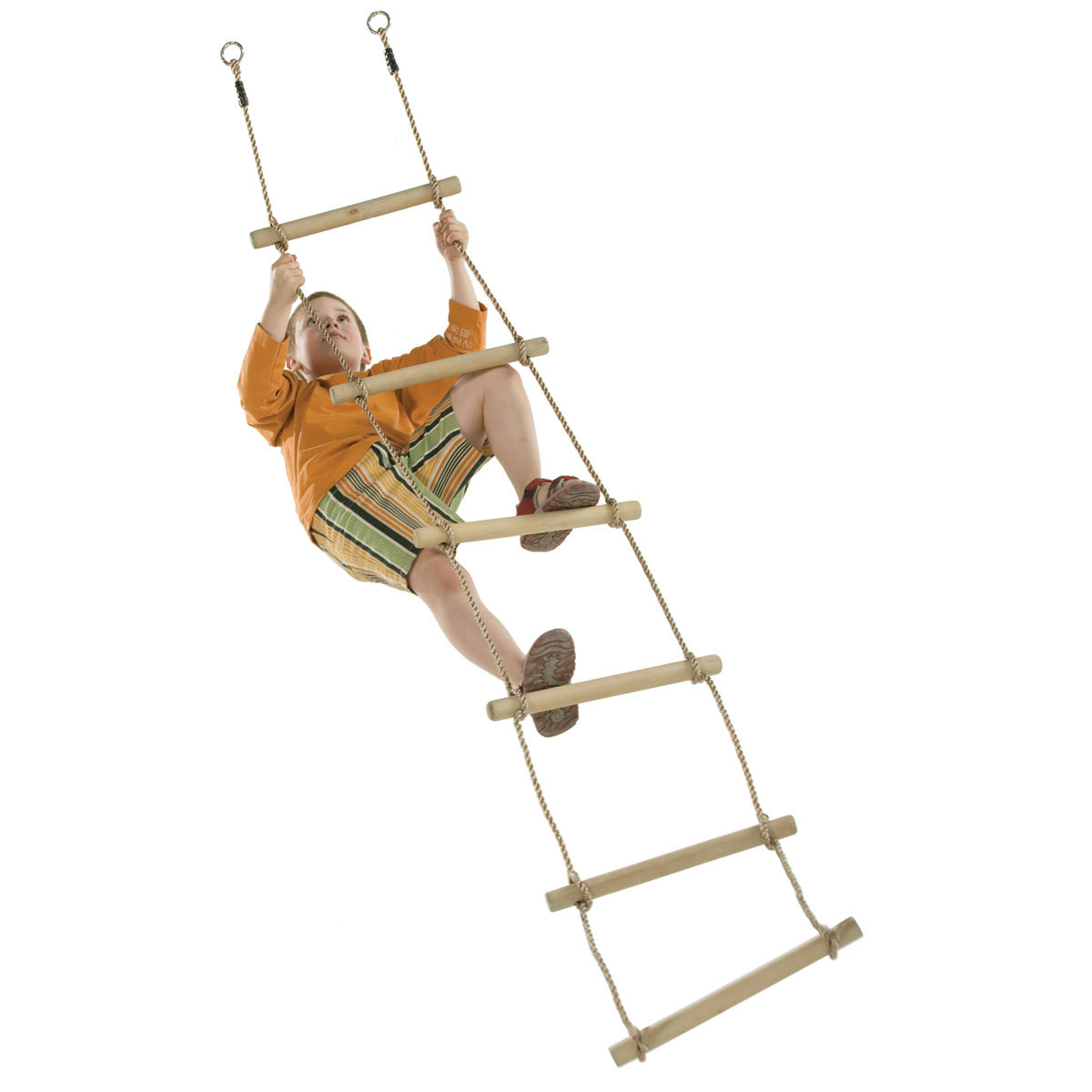
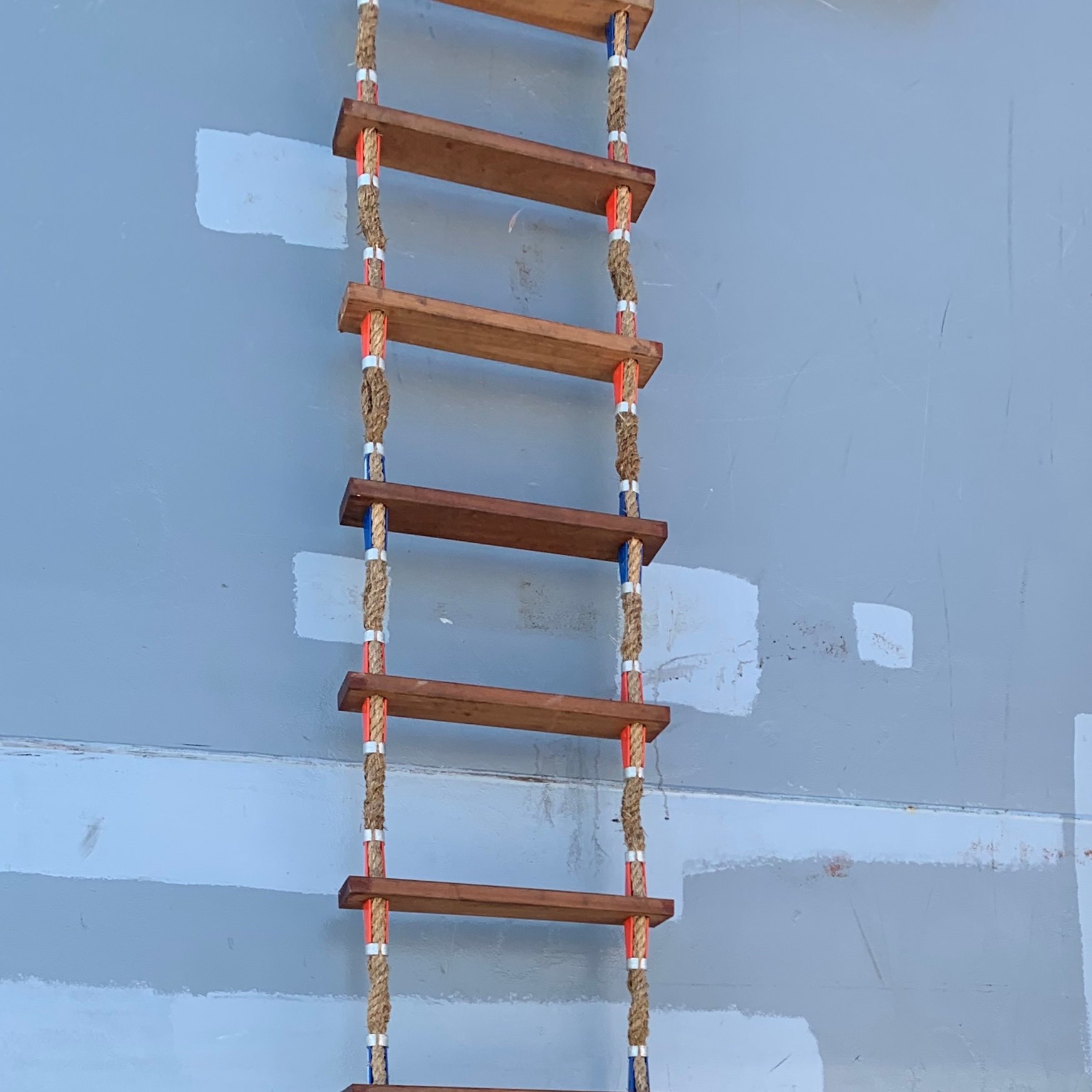
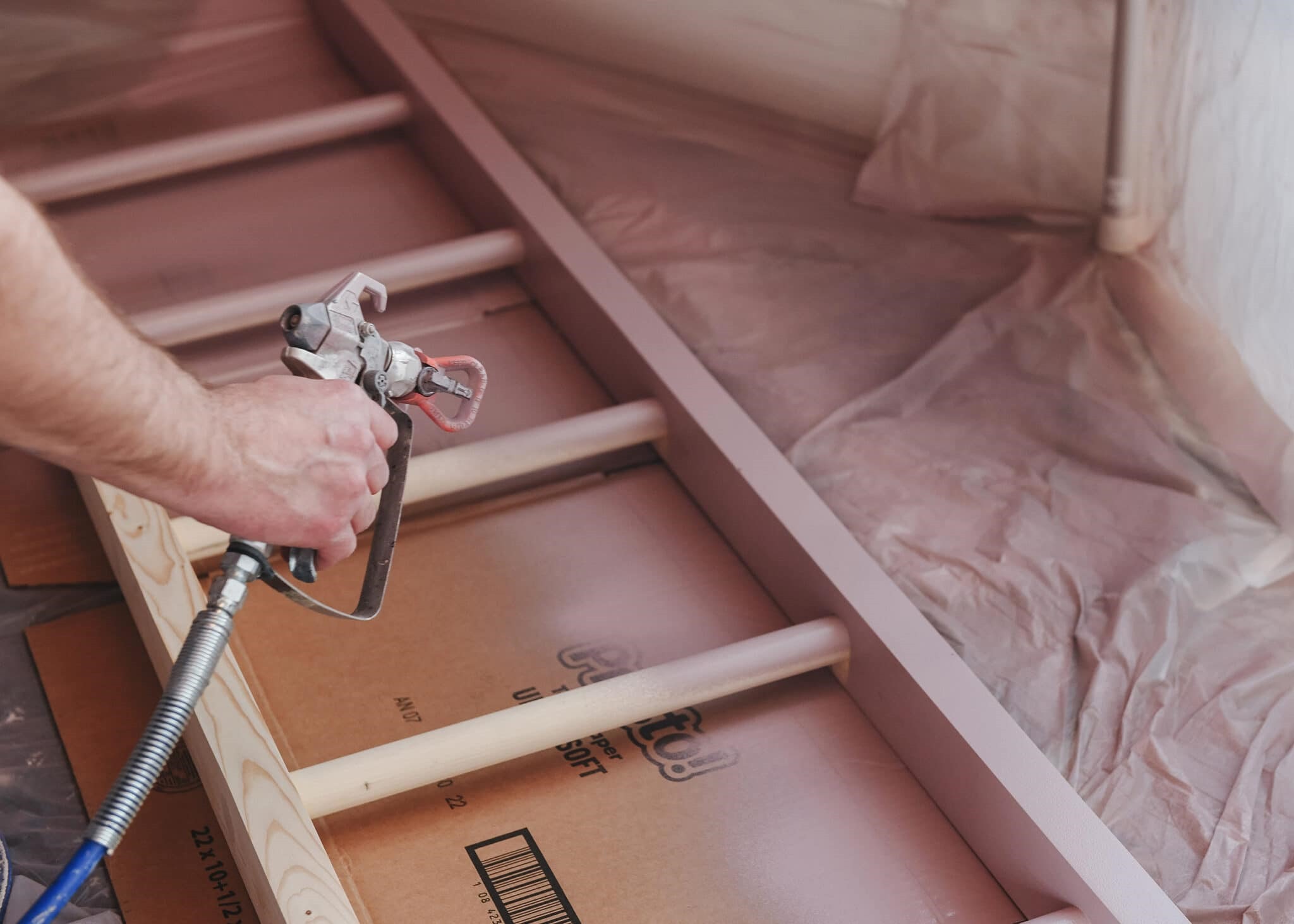
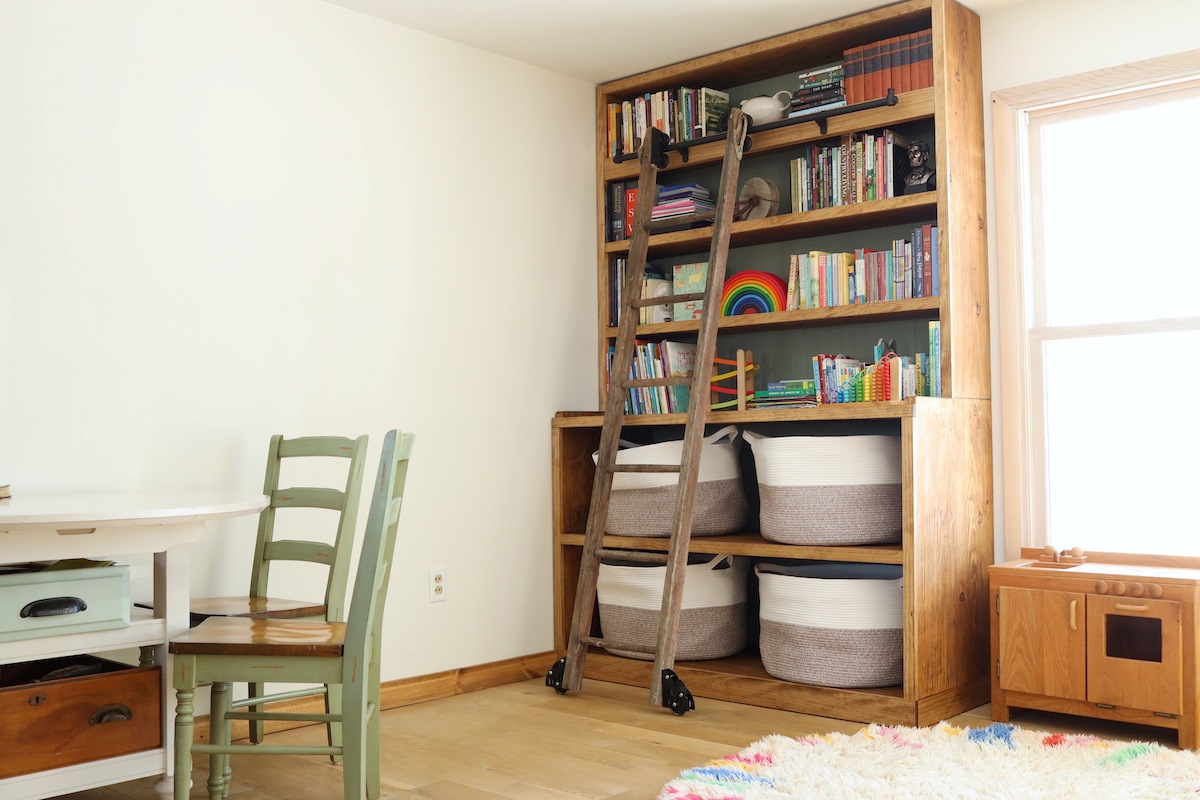
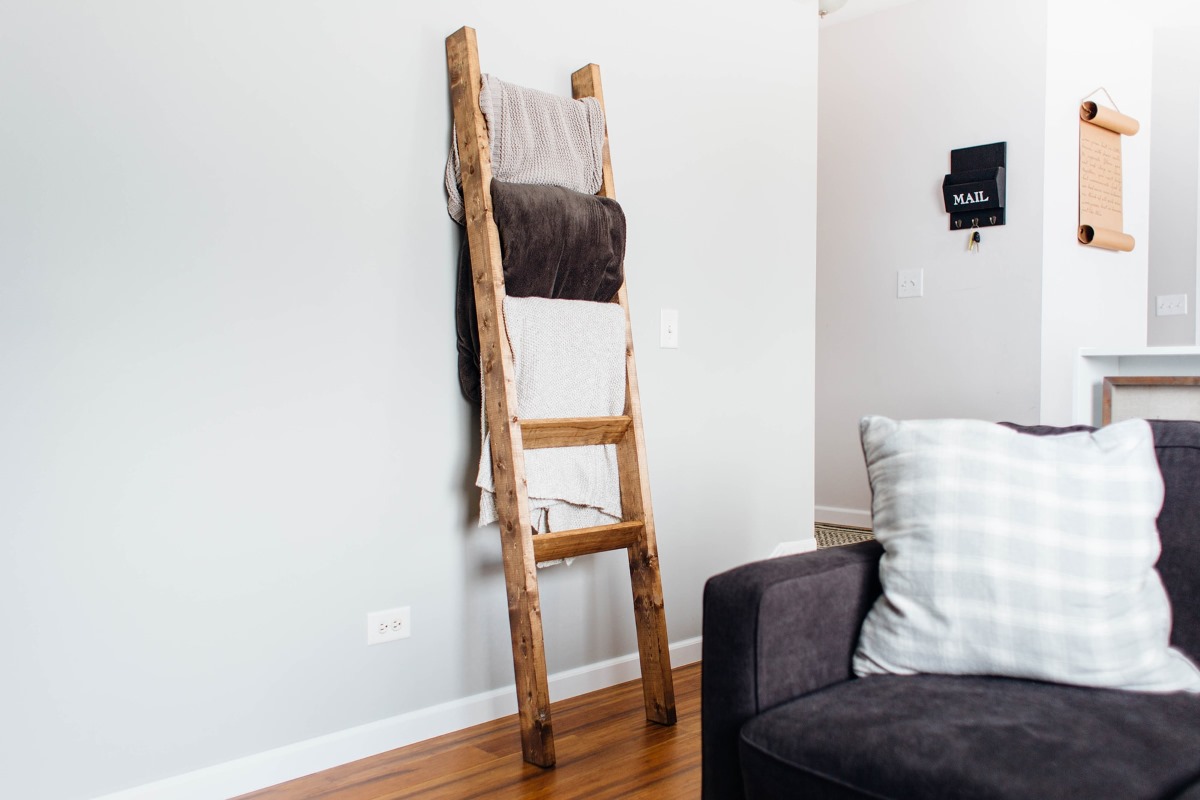
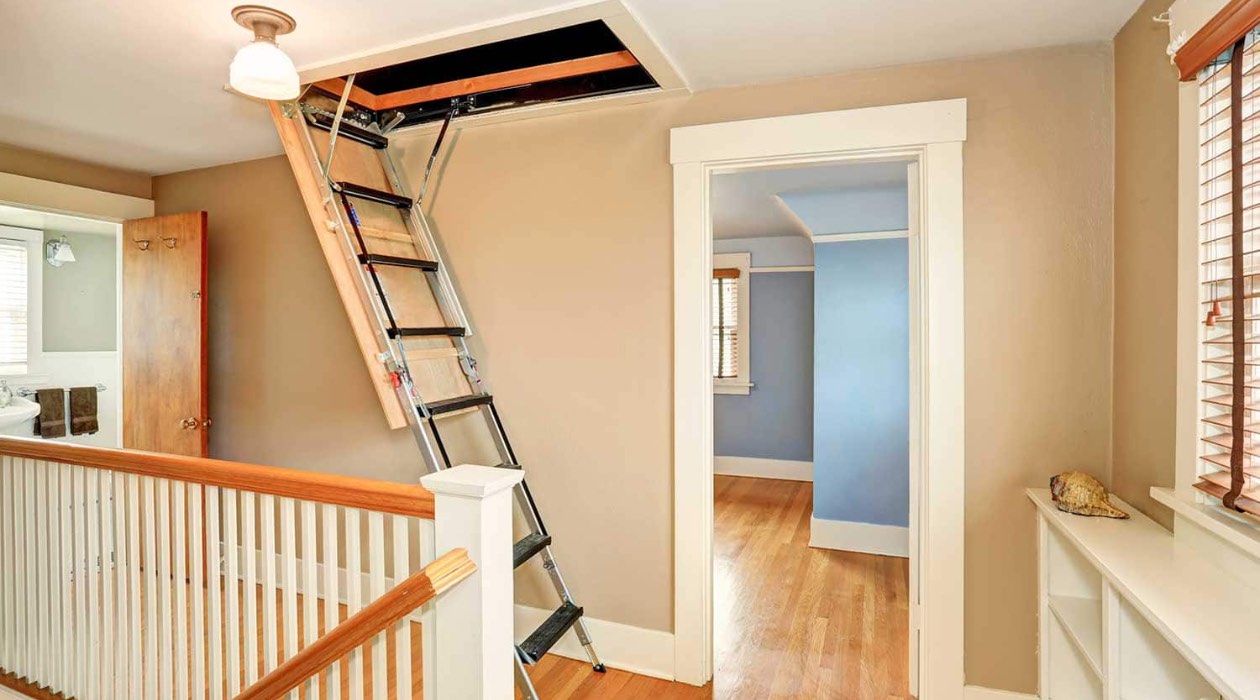
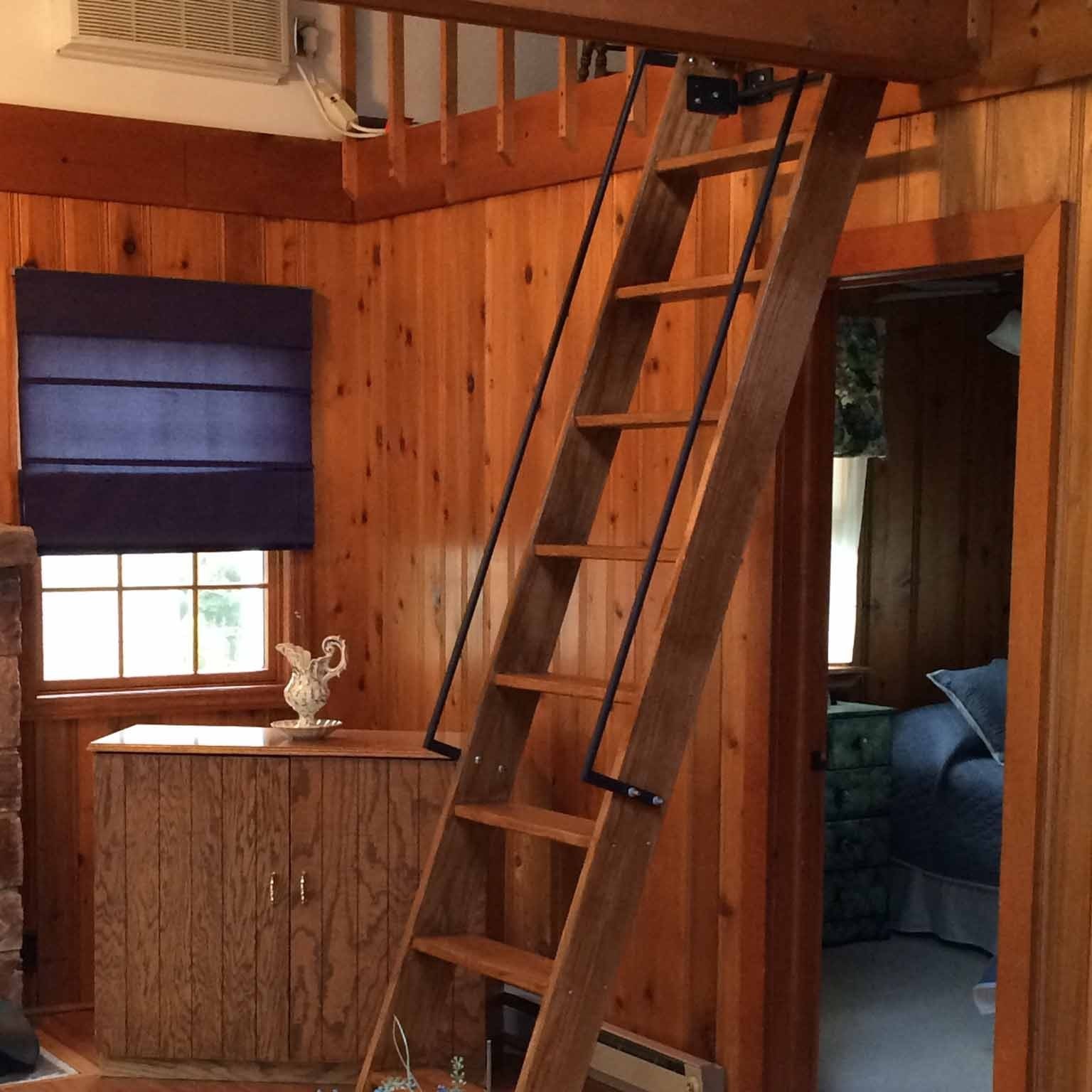
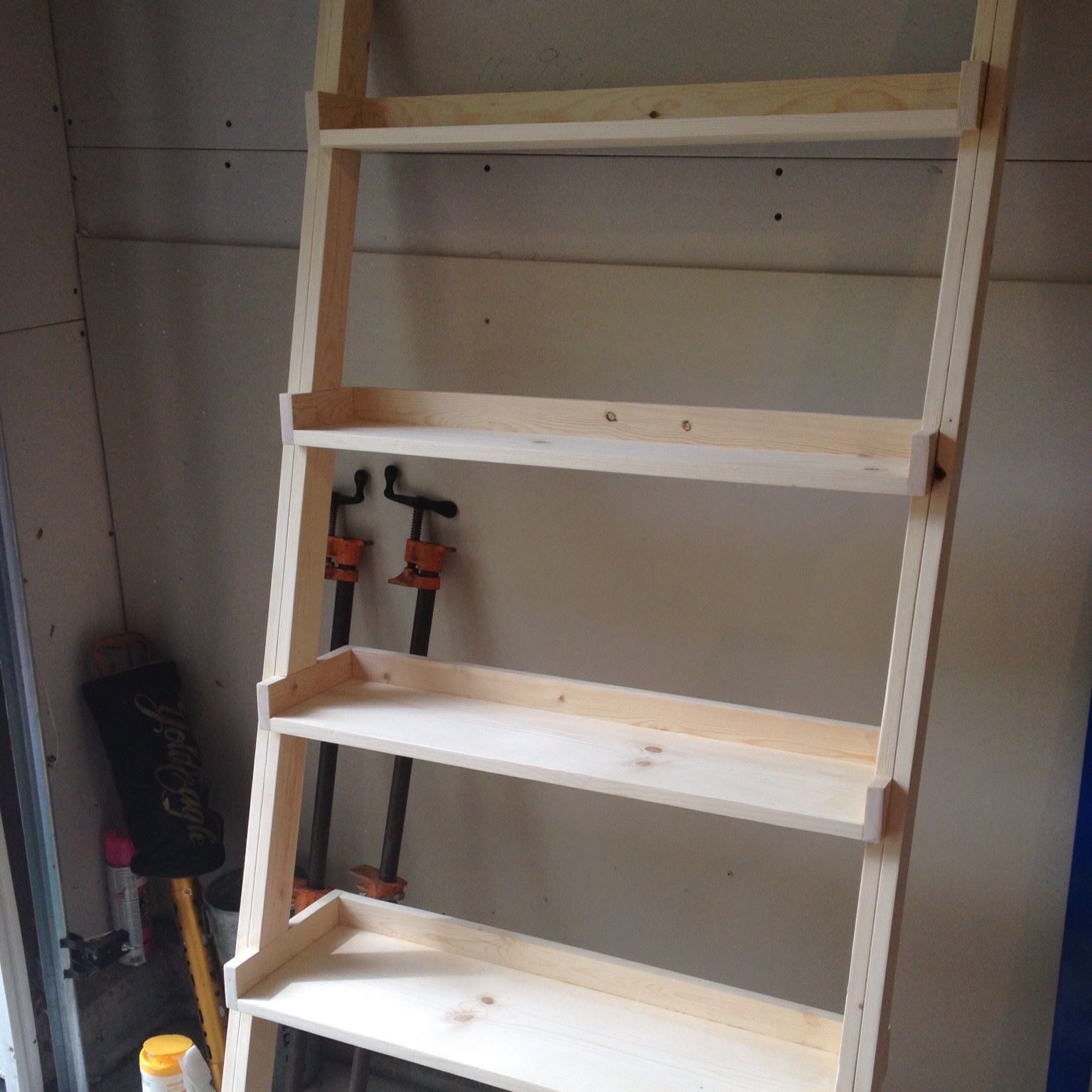
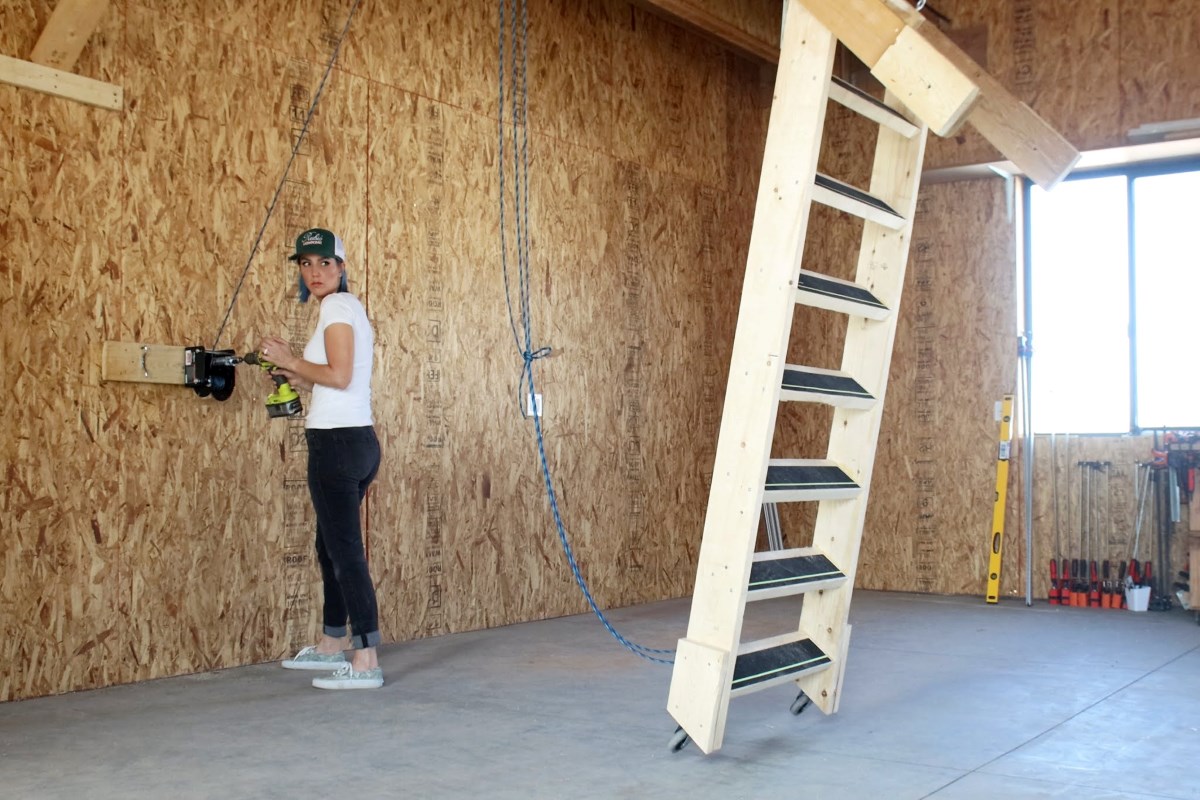
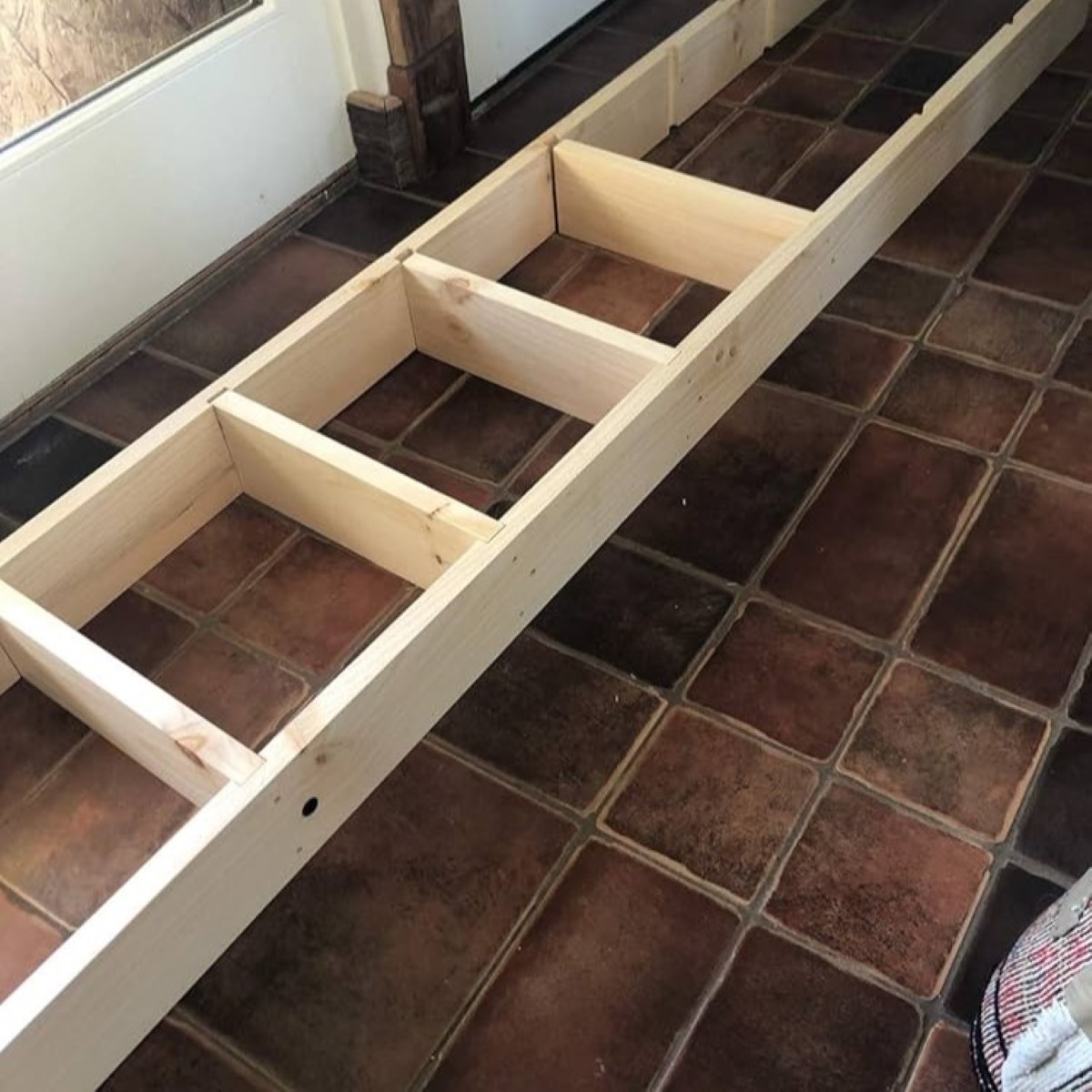


0 thoughts on “How To Build A Rope Ladder For A Treehouse”